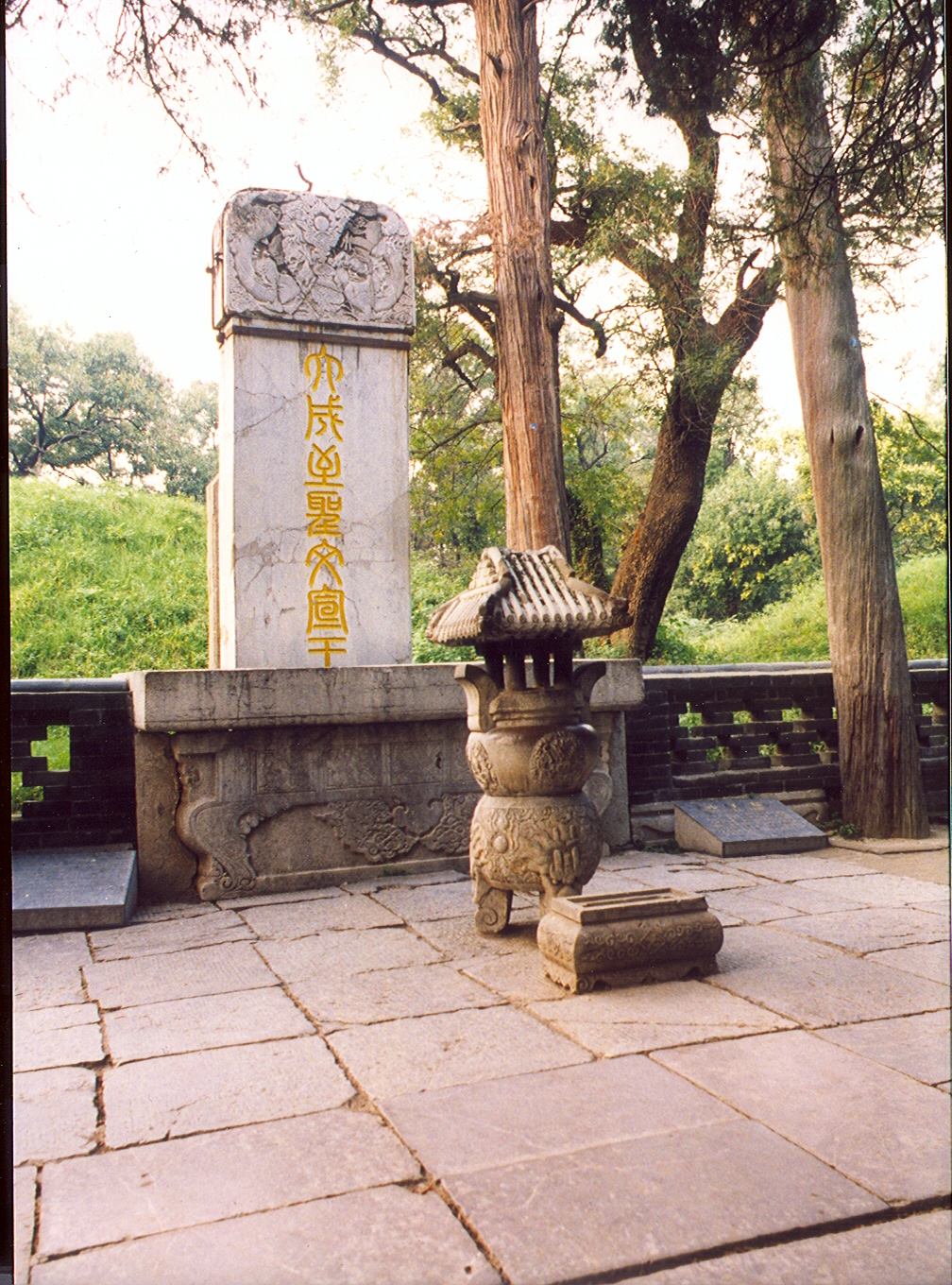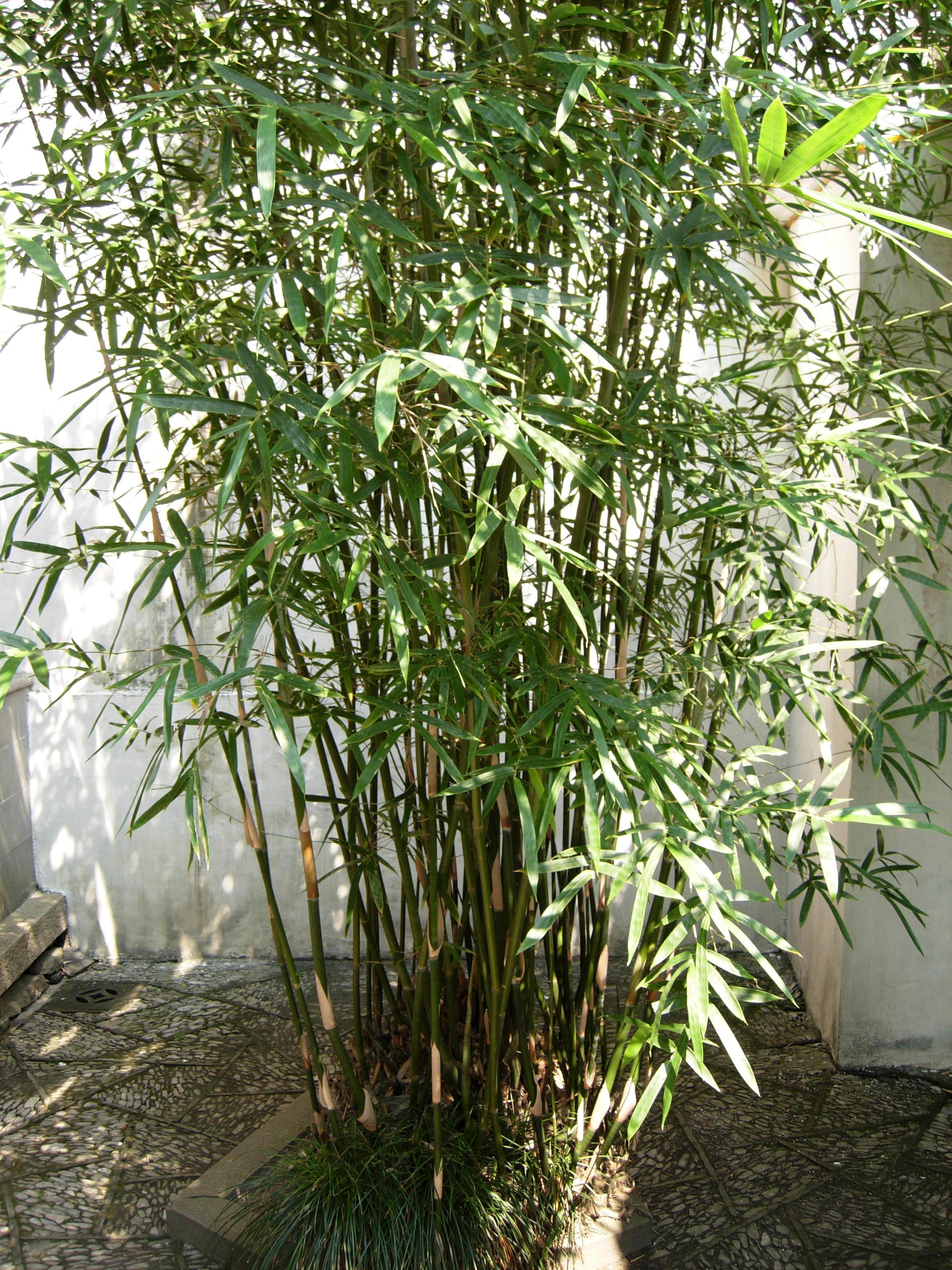

Confucius Temple
The Confucius Residence
Lo cated in the east of the Confucius
Temple, and merited the title of "The First Family in the World", the
Residence of the Confucius, also named "Residence of Lord Yansheng", is the
house of Zhangzhi, a lineal descendant of Confucius. The residence typically
features the combined architecture of the official mansion and private house
of China's feudal society. After the death of Confucius, his descents lived
in the
cated in the east of the Confucius
Temple, and merited the title of "The First Family in the World", the
Residence of the Confucius, also named "Residence of Lord Yansheng", is the
house of Zhangzhi, a lineal descendant of Confucius. The residence typically
features the combined architecture of the official mansion and private house
of China's feudal society. After the death of Confucius, his descents lived
in the temple and guarded the relic. At the end of the North Song Dynasty,
the residence of his descendants had been expanded to large residence with
dozens of rooms. In Jin Dynasty, the descendants of Confucius had lived in
the east of the Confucius Temple. With the promotion of ranks in court and
increase of stipends of his descents, the Residence of the Confucius was
renovated for many times and took shape early in the Song, Ming and Qing
Dynasties. Today the Residence of the Confucius covers and area of 7.4 ha.
with 480 ancient rooms in nine compounds with the middle, eastern and
western paths as its layout.
temple and guarded the relic. At the end of the North Song Dynasty,
the residence of his descendants had been expanded to large residence with
dozens of rooms. In Jin Dynasty, the descendants of Confucius had lived in
the east of the Confucius Temple. With the promotion of ranks in court and
increase of stipends of his descents, the Residence of the Confucius was
renovated for many times and took shape early in the Song, Ming and Qing
Dynasties. Today the Residence of the Confucius covers and area of 7.4 ha.
with 480 ancient rooms in nine compounds with the middle, eastern and
western paths as its layout.
The Confucius Temple
Located in the center of the old city of Qufu, the Confucius Temple is a
place for temple for people to offer scarifies to Confucius, the
philosopher, educator and politician in the Spring and Autumn Period. The temple used to be a place of making
sacrifices to Confucius, and now it became a historic site under special
protection by the government. Following the year after Confucius's death, Lu
Aigong, king of Zhou, changed three rooms of his residence into a temple
with the clothes and utensils on display in 47 8
B.C. and offered scarifies to Confucius every year. After the Western Han
Dynasty, the temple had been rebuilt and renovated and expanded many times,
and has become a large architectural complex. Today's Confucius Temple was
completed in Ming and Qing dynasties. The whole complex was modeled on the
imperial palace with many courtyards and on the north -south axes. It is one
kilometer long from north to south and the whole complex covers an area of
9.6 hectares. There are 54 archways, 466 rooms and many halls, pavilions and
chambers. Encircled the complex is the wall with watchtowers on each corner.
Inside pine trees lined, along with splendid halls, beautiful paintings,
exquisite bridges and chirping birds. There are more than 2,000 tablets of
various kind. These well-preserved tablets are rare ones in China and enjoy
good fame at home and abroad and attract thousands of tourists to visit and
worship
8
B.C. and offered scarifies to Confucius every year. After the Western Han
Dynasty, the temple had been rebuilt and renovated and expanded many times,
and has become a large architectural complex. Today's Confucius Temple was
completed in Ming and Qing dynasties. The whole complex was modeled on the
imperial palace with many courtyards and on the north -south axes. It is one
kilometer long from north to south and the whole complex covers an area of
9.6 hectares. There are 54 archways, 466 rooms and many halls, pavilions and
chambers. Encircled the complex is the wall with watchtowers on each corner.
Inside pine trees lined, along with splendid halls, beautiful paintings,
exquisite bridges and chirping birds. There are more than 2,000 tablets of
various kind. These well-preserved tablets are rare ones in China and enjoy
good fame at home and abroad and attract thousands of tourists to visit and
worship
China Pilgrimages Index Espaņol English Index Viajes